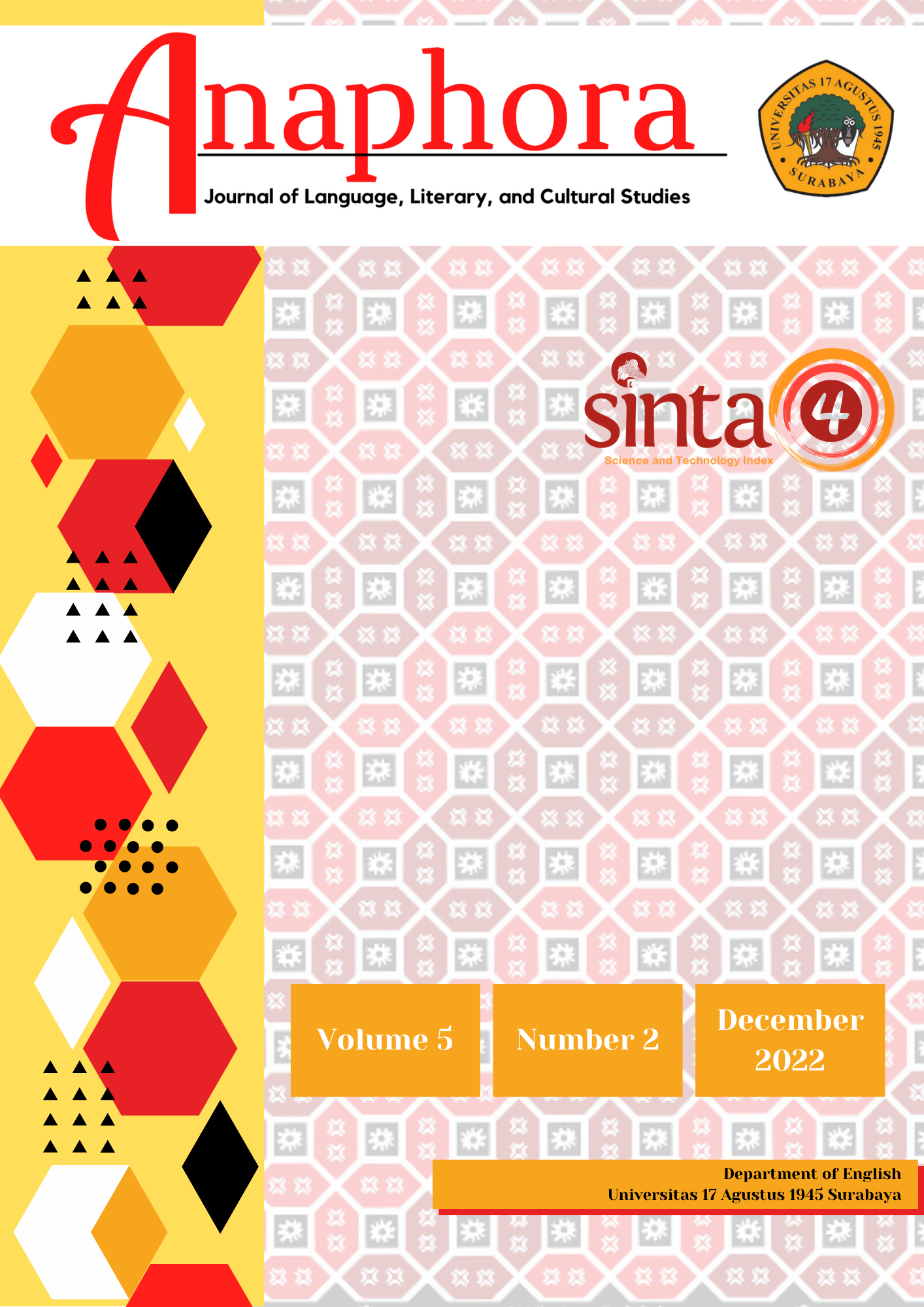Dystopias of Tyranny and Misogyny: The Handmaid’s Tale and The Carhullan Army
DOI:
https://doi.org/10.30996/anaphora.v5i2.7657Keywords:
misogyny, oppression, dystopia, feminism, nature.Abstract
Displaying the probable future and the doom of humanity and the Earth, Margaret Atwood’s The Handmaid’s Tale (1985) and Sarah Hall’s The Carhullan Army (2007) are two dystopian novels that present the terrible state of women along with the degradation of the society and the nonhuman environment. Atwood’s the Republic of Gilead and Hall’s the Authority enforce an extremely oppressive, exploitative, and misogynist order on women, which corrupts the natural flow of daily life and destroys the human and nonhuman spheres. Depicting the resistance of women against tyranny through female protagonists, these novels picture dystopian worlds of chaos and destruction ruled by anthropocentric and patriarchal dictate. With this perspective, this article aims to discuss the problem of patriarchal oppression on women in dystopian societies as portrayed in The Handmaid’s Tale and The Carhullan Army from the perspectives of the feminist and ecofeminist theories.
Downloads
References
Atwood, M. (1986). The Handmaid’s Tale. Massachusetts: Houghton Mifflin Harcourt.
Callaway, A. (2008). “Women disunited: Margaret Atwood's The handmaid's tale as a critique of feminism” Master's Theses, Paper 3505. San Jose State University.
Çetiner, N. (2021). “Dystopias of Reproductive Nightmare: The Ice People and The Children of Men” Söylem Filoloji Dergisi, 6(3): 645-657.
Dinucci, T. (2011). “The Body of Margaret Atwood: Sex Work and Prostitution within Margaret Atwood's The Handmaid's Tale, Oryx and Crake, and The Year of the Flood” Honor’s Theses. Bucknell University.
Gaard, G. (2011). “Ecofeminism Revisited: Rejecting Essentialism and Re-Placing Species in a Material Feminist Environmentalism” Feminist Formations, 23(2): 26-53.
Gras, V. (2001). “Literary Theory and Ecology: Some Common Problems and a Solution” Human Ecology Review, 8(2): 65-72.
Hall, S. (2007). The Carhullan Army. London: Faber and Faber.
Johnson, T. J. (2004). “The Aunts as an Analysis of Feminine Power in Margaret Atwood’s The Handmaid’s Tale” Nebula 1.2. http://www.nobleworld.biz/images/Johnson.pdf
Langston, N. (2010). Toxic Bodies: Hormone Disruptors and the Legacy of DES. London: Yale University Press.
Malak, A. (1987). “Margaret Atwood’s The Handmaid’s Tale and the Dystopian Tradition” Canadian Literature No 112: Atwood, Carrier, Grandbois, Lowry, pp. 9-16.
Myers, K. (2011). “We come apart: mother-child relationships in Margaret Atwood's dystopias” Graduate Theses and Dissertations, Paper 12006. Iowa State University.
Neuman, S. (2006). “‘Just a Backlash’: Margaret Atwood, Feminism, and The Handmaid's Tale” University of Toronto Quarterly, 75(3): 857-868.
Sandilands, C. (1999). The Good-Natured Feminist: Ecofeminism and the Quest for Democracy. Minneapolis: University of Minnesota Press.
Downloads
Published
How to Cite
Issue
Section
License
Authors whose manuscript is published will approve the following provisions:
-
The right to publication of all journal material published on the jurnal anaphora website is held by the editorial board with the author's knowledge (moral rights remain the property of the author).
-
The formal legal provisions for access to digital articles of this electronic journal are subject to the terms of the Creative Commons Attribution-ShareAlike (CC BY-SA) license, which means Jurnal Persona reserves the right to store, modify the format, administer in database, maintain and publish articles without requesting permission from the Author as long as it keeps the Author's name as the owner of Copyright.
-
Printed and electronic published manuscripts are open access for educational, research and library purposes. In addition to these objectives, the editorial board shall not be liable for violations of copyright law.















